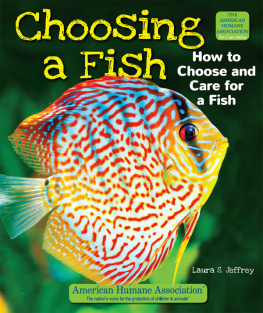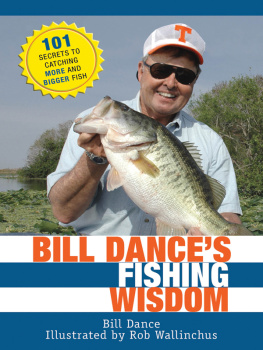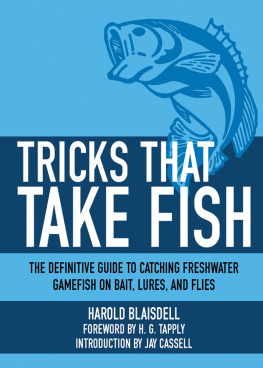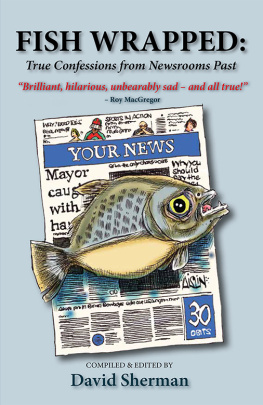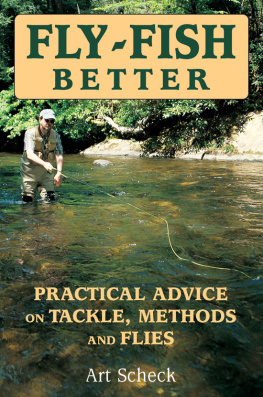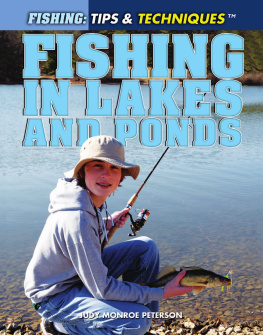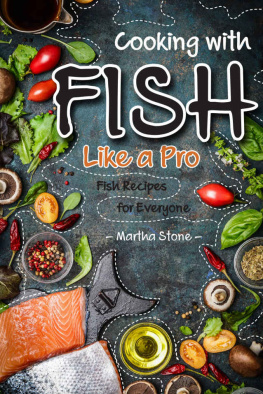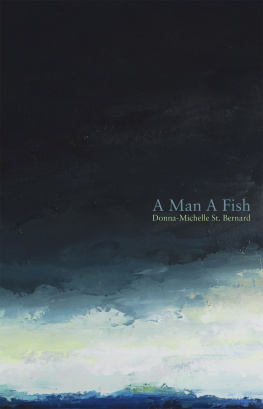Table of Contents
To His Holiness Maharishi Mahesh Yogi
INTRODUCTION
Ideas are like fish.
If you want to catch little fish, you can stay in the shallow water. But if you want to catch the big fish, youve got to go deeper.
Down deep, the fish are more powerful and more pure.Theyre huge and abstract. And theyre very beautiful.
I look for a certain kind of fish that is important to me, one that can translate to cinema. But there are all kinds of fish swimming down there. There are fish for business, fish for sports.There are fish for everything.
Everything, anything that is a thing, comes up from the deepest level. Modern physics calls that level the Unified Field. The more your consciousnessyour awarenessis expanded, the deeper you go toward this source, and the bigger the fish you can catch.
My thirty-three-year practice of the Transcendental Meditation program has been central to my work in film and painting and to all areas of my life. For me it has been the way to dive deeper in search of the big fish. In this book, I want to share some of those experiences with you.
THE FIRST DIVE
He whose happiness is within, whose contentment is within, whose light is all within, that yogi, being one with Brahman, attains eternal freedom in divine consciousness.
BHAGAVAD-GITA
When I first heard about meditation, I had zero interest in it. I wasnt even curious. It sounded like a waste of time.
What got me interested, though, was the phrase true happiness lies within. At first I thought it sounded kind of mean, because it doesnt tell you where the within is, or how to get there. But still it had a ring of truth. And I began to think that maybe meditation was a way to go within.
I looked into meditation, asked some questions, and started contemplating different forms. At that moment, my sister called and said she had been doing Transcendental Meditation for six months.There was something in her voice. A change. A quality of happiness. And I thought, Thats what I want.
So in July 1973 I went to the TM center in Los Angeles and met an instructor, and I liked her. She looked like Doris Day. And she taught me this technique. She gave me a mantra, which is a sound-vibration-thought. You dont meditate on the meaning of it, but its a very specific sound-vibration-thought.
She took me into a little room to have my first meditation. I sat down, closed my eyes, started this mantra, and it was as if I were in an elevator and the cable had been cut. Boom! I fell into blisspure bliss. And I was just in there. Then the teacher said, Its time to come out; its been twenty minutes. And I said,ITS ALREADY BEEN TWENTY MINUTES?! And she said, Shhhh! because other people were meditating. It seemed so familiar, but also so new and powerful. After that, I said the word unique should be reserved for this experience.
It takes you to an ocean of pure consciousness, pure knowingness. But its familiar; its you. And right away a sense of happiness emergesnot a goofball happiness, but a thick beauty.
I have never missed a meditation in thirty-three years. I meditate once in the morning and again in the afternoon, for about twenty minutes each time.Then I go about the business of my day. And I find that the joy of doing increases. Intuition increases. The pleasure of life grows. And negativity recedes.
SUFFOCATING RUBBER CLOWN SUIT
It would be easier to roll up the entire sky into a small cloth than it would be to obtain true happiness without knowing the Self.
UPANISHADS
When I started meditating, I was filled with anxieties and fears. I felt a sense of depression and anger.
I often took out this anger on my first wife. After I had been meditating for about two weeks, she came to me and said, Whats going on? I was quiet for a moment. But finally I said, What do you mean? And she said, This anger, where did it go? And I hadnt even realized that it had lifted.
I call that depression and anger the Suffocating Rubber Clown Suit of Negativity. Its suffocating, and that rubber stinks. But once you start meditating and diving within, the clown suit starts to dissolve. You finally realize how putrid was the stink when it starts to go.Then, when it dissolves, you have freedom.
Anger and depression and sorrow are beautiful things in a story, but theyre like poison to the filmmaker or artist. Theyre like a vise grip on creativity. If youre in that grip, you can hardly get out of bed, much less experience the flow of creativity and ideas. You must have clarity to create. You have to be able to catch ideas.
STARTING OUT
I started out just as a regular person, growing up in the Northwest. My father was a research scientist for the Department of Agriculture, studying trees. So I was in the woods a lot. And the woods for a child are magical. I lived in what people call small towns. My world was what would be considered about a city block, maybe two blocks. Everything occurred in that space. All the dreaming, all my friends existed in that small world. But to me it seemed so huge and magical. There was plenty of time available to dream and be with friends.
I liked to paint and I liked to draw. And I often thought, wrongly, that when you got to be an adult, you stopped painting and drawing and did something more serious. In the ninth grade, my family moved to Alexandria,Virginia. On the front lawn of my girlfriends house one night, I met a guy named Toby Keeler. As we were talking, he said his father was a painter. I thought maybe he might have been a house painter, but further talking got me around to the fact that he was a fine artist.
This conversation changed my life. I had been somewhat interested in science, but I suddenly knew that I wanted to be a painter. And I wanted to live the art life.
THE ART LIFE
In high school, I read Robert Henris book The Art Spirit, which prompted the idea of the art life. For me, living the art life meant a dedication to paintinga complete dedication to it, making everything else secondary.
That, I thought, is the only way youre going to get in deep and discover things. So anything that distracts from that path of discovery is not part of the art life, in that way of thinking. Really, the art life means a freedom. And it seems, I think, a hair selfish. But it doesnt have to be selfish; it just means that you need time.
Bushnell Keeler, the father of my friend Toby, always had this expression: If you want to get one hour of good painting in, you have to have four hours of uninterrupted time.
And thats basically true. You dont just start painting. You have to sit for a while and get some kind of mental idea in order to go and make the right moves. And you need a whole bunch of materials at the ready. For example, you need to build framework stretchers for the canvas. It can take a long time just to prepare something to paint on. And then you go to work. The idea just needs to be enough to get you started, because, for me, whatever follows is a process of action and reaction. Its always a process of building and then destroying. And then, out of this destruction, discovering a thing and building on it. Nature plays a huge part in it. Putting difficult materials togetherlike baking something in sunlight, or using one material that fights another materialcauses its own organic reaction.Then its a matter of sitting back and studying it and studying it and studying it; and suddenly, you find youre leaping up out of your chair and going in and doing the next thing.Thats action and reaction.


